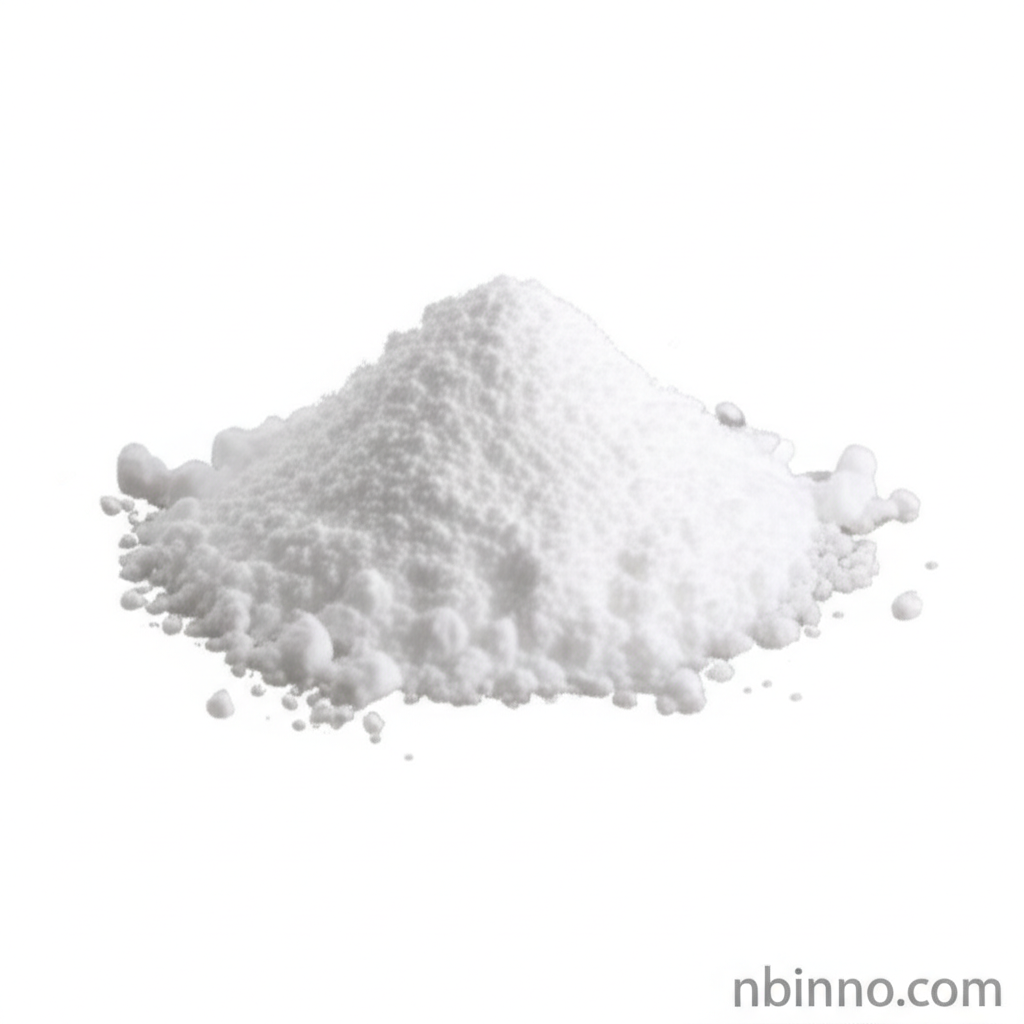4-Amino-3-phenylbutanoic Acid: Properties, Applications, and Synthesis in Pharmaceutical Manufacturing
Exploring the multifaceted nature of this crucial pharmaceutical intermediate, from its neurochemical effects to its industrial synthesis.
Get a Quote & SampleProduct Core Value

4-Amino-3-phenylbutanoic acid
4-Amino-3-phenylbutanoic acid, known by its CAS number 1078-21-3 and often referred to as Phenibut, is a significant compound in the pharmaceutical and chemical industries. It is a derivative of gamma-aminobutyric acid (GABA), a key neurotransmitter in the central nervous system. Its structural similarity to GABA, coupled with a phenyl ring, allows it to readily cross the blood-brain barrier, enhancing its pharmacological activity. This compound is recognized for its anxiolytic and nootropic properties, making it a subject of interest for therapeutic applications in managing anxiety, depression, insomnia, and other neurological conditions.
- Explore the critical 4-Amino-3-phenylbutanoic acid properties for your research needs. This compound's unique structure and chemical characteristics are key to its diverse applications.
- Discover the various phenibut synthesis routes and their implications for production efficiency. Understanding these pathways is vital for optimizing manufacturing processes.
- Learn about the potential benefits of GABA analog compounds for central nervous system health. The role of these compounds in promoting calmness and cognitive function is a growing area of study.
- Investigate the pharmaceutical intermediate applications of CAS 1078-21-3 in drug development. Its utility as a building block in synthesizing more complex therapeutic agents is well-documented.
Key Advantages
Enhanced Blood-Brain Barrier Penetration
Due to its phenyl ring structure, 4-Amino-3-phenylbutanoic acid demonstrates improved ability to cross the blood-brain barrier compared to GABA, directly impacting its CNS effects.
Versatile Anxiolytic and Nootropic Effects
Research into phenibut synthesis and its application highlights its dual action in reducing anxiety and enhancing cognitive functions, making it a compound of significant interest.
Broad Pharmaceutical Intermediate Use
As a fine chemical, its role as a pharmaceutical intermediate allows for the synthesis of a wide array of bioactive molecules, contributing to advancements in medicinal chemistry.
Key Applications
Neuroscience Research
Investigating the GABA analog benefits and the impact of compounds like 4-Amino-3-phenylbutanoic acid on neurotransmitter systems is crucial for understanding brain function.
Psychiatric Therapeutics
The anxiolytic and mood-regulating properties of phenibut make it a subject of study for potential treatments of anxiety disorders, depression, and sleep disturbances.
Chemical Synthesis
As a key pharmaceutical intermediate, CAS 1078-21-3 serves as a foundational element in the complex synthesis of various active pharmaceutical ingredients (APIs).
Diagnostic Reagent Development
The chemical data and properties of 4-Amino-3-phenylbutanoic acid also lend themselves to its use in the development of specialized diagnostic reagents.
